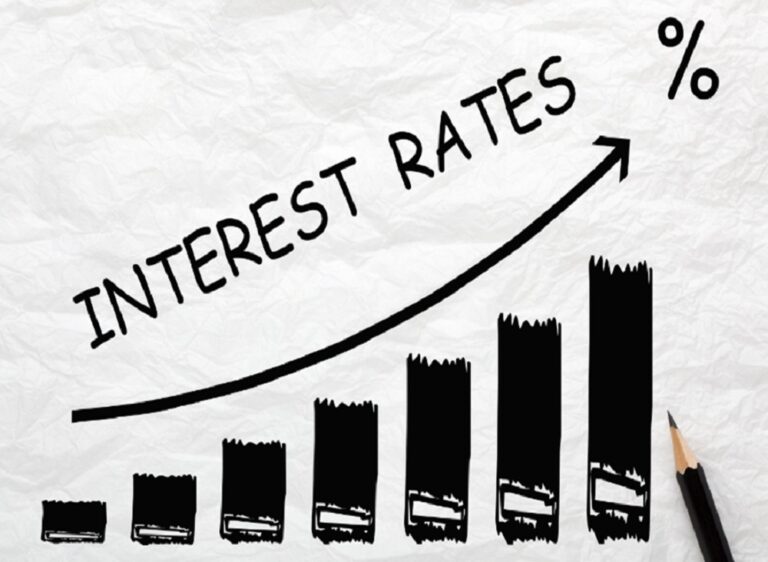
Technical analysis is a method used by traders to forecast future price movements based on historical market data, primarily focusing on price and volume patterns. Utilizing the right technical analysis tools is crucial for effective stock trading. Modern traders can leverage advanced stock trading apps that integrate these tools, providing real-time data and analysis capabilities.
One of the fundamental tools in technical analysis is moving averages. Moving averages smooth out price data by creating a constantly updated average price. Traders use moving averages to identify trends and potential entry or exit points. With a reliable stock trading app, traders can overlay moving averages directly on price charts for quick analysis and decision-making.
Another essential tool is the Relative Strength Index (RSI), which measures the speed and change of price movements. The RSI oscillates between 0 and 100, indicating overbought conditions when above 70 and oversold conditions when below 30. Incorporating RSI into a stock trading app enables traders to identify potential reversal points and gauge market momentum.
Bollinger Bands are popular among traders for identifying volatility and potential price breakouts. Bollinger Bands consist of a simple moving average and upper and lower bands that represent standard deviations of price volatility. By integrating Bollinger Bands into a stock trading app, traders can visualize price volatility and identify trading opportunities based on band squeezes and expansions.
Candlestick patterns are visual representations of price movements over a specified period. Each candlestick provides information about the opening, closing, high, and low prices within the period. Traders use candlestick patterns to identify trends, reversals, and potential entry or exit points. A feature-rich stock trading app provides access to candlestick charts and pattern recognition tools for comprehensive analysis.
Volume analysis is another critical component of technical analysis. Volume indicates the strength of price movements and can confirm the validity of trends. Increasing volume during price advances suggests bullish sentiment, while decreasing volume during declines signals potential weakness. Advanced stock trading apps integrate volume analysis tools to help traders make informed decisions based on market participation.
Chart patterns, such as triangles, flags, and head-and-shoulders patterns, are formations that indicate potential price movements. Traders use chart patterns to predict future price directions and identify breakout or breakdown levels. A comprehensive stock trading app offers chart pattern recognition features, allowing traders to automate pattern identification and analysis.
Fibonacci retracement levels are based on mathematical ratios that help identify potential support and resistance levels. Traders use Fibonacci retracements to determine price targets and reversal points. By incorporating Fibonacci tools into a stock trading app, traders can perform precise retracement analysis and plan trades with confidence.
Market breadth indicators measure the overall health of the market by analyzing advancing and declining stocks, volume trends, and new highs and lows. These indicators provide valuable insights into market sentiment and breadth. A sophisticated stock trading app includes market breadth indicators to gauge market participation and assess overall market conditions.
Thus, leveraging technical analysis tools is essential for effective stock trading. Modern traders can harness the power of advanced stock trading apps that integrate a wide range of technical analysis tools, empowering them to make informed decisions and navigate volatile markets with confidence. By mastering these tools and incorporating them into their trading strategies, traders can enhance their success and achieve their financial goals over time.







